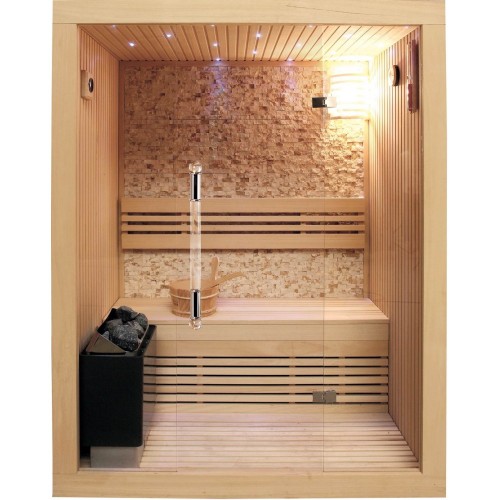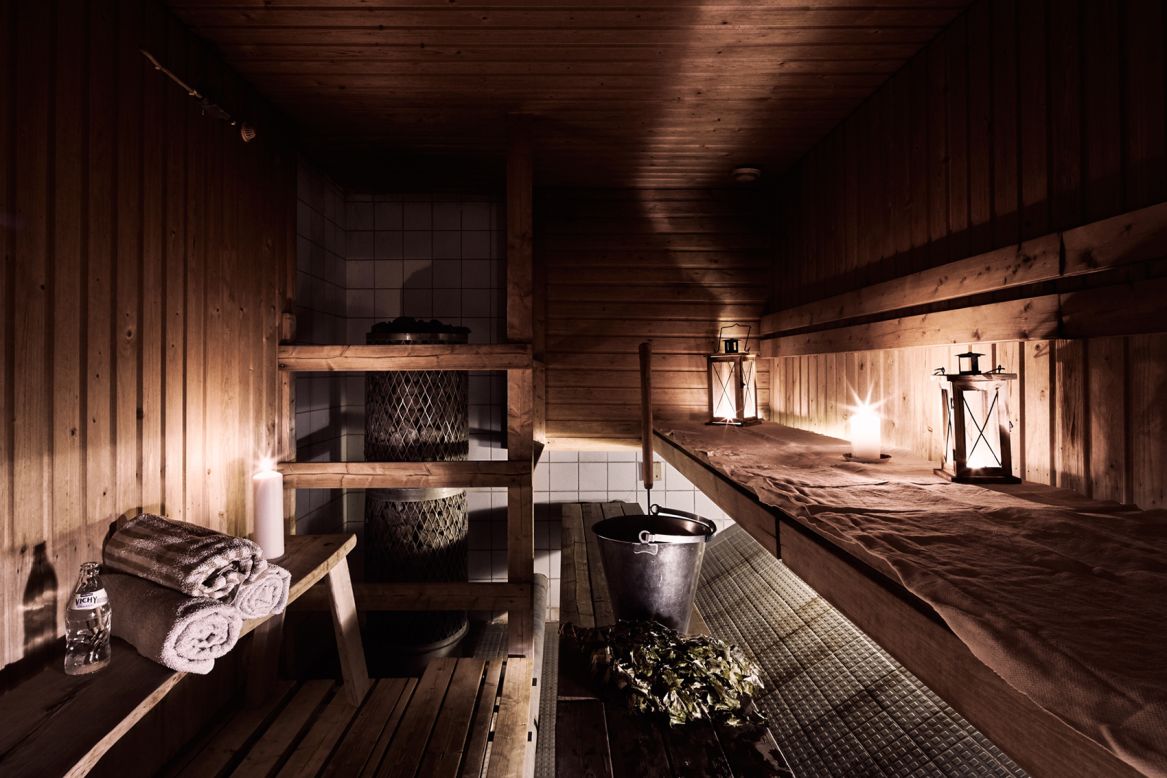Not known Factual Statements About Traditional Sauna
Wiki Article
The 6-Second Trick For Traditional Sauna
Table of ContentsGetting My Traditional Sauna To WorkSome Ideas on Traditional Sauna You Need To KnowUnknown Facts About Traditional SaunaTraditional Sauna - TruthsThe Basic Principles Of Traditional Sauna
Many of the weight shed in a sauna is water loss and is re-gained upon rehydrating. However, without a doubt sauna can be a fundamental part of a healthy weight loss program. To check out the differences in between standard and IR saunas, I will certainly divide these right into proven, academic, and made distinctions.Hence, the most popular factor in the saunawhich is at the ceiling directly above the sauna heateris typically between 185 and 190 F. Claims that a standard sauna surpasses 200 F is just not real and not applicable for electric saunas marketed in the United States. The temperature for a far-infrared sauna is generally established between 120 and 140 F; however, unlike the typical sauna, the objective in and IR room is not to achieve a heat.

When a standard sauna has actually been correctly warmed, the sauna walls are warm, the air temperature has actually accomplished established temperature and the rocks are extremely warmed. As an interesting side note, the warmed wall surfaces and the rocks are producing far-infrared warm, integrated with the heated air, to produce an "enveloping heat".
All about Traditional Sauna
When the heat is attained, the elements cycle on and off to maintain the heat. The majority of typical sauna users take pleasure in putting water over the rocks to create vapor to raise sauna humidity degrees. The advantages of pouring water over the rocks include: making the area extra comfortable, dampening the nasal passages, and enabling the usage of aromatherapy by blending essential oils with the water.

When the power goes into the body, it creates the body temperature level to raise and inevitably causes perspiration. In an infrared sauna it is essential for the emitters/heaters to stay on practically continuously. Considering that there is no mass of rocks to preserve warm, the sauna will cool if the emitters turned off.
5 Easy Facts About Traditional Sauna Shown
As mentioned over, the sauna bather in an infrared space intends to place himself in front of running emitters to get optimal take advantage of the warmth. The home heating time for the two areas can be extremely different, depending upon how the areas are used. For a conventional sauna, a bather must enable 30-40 mins for the space to attain a preferred temperature level and to effectively pre-heat the rocks.
A well built sauna will commonly attain a temperature of 150-160 F in regarding 30-40 mins. For hotter temperature her response levels, the area may need to warm for a longer duration.
To some, 15 mins was "squandered" while the infrared power warmed the timber panels instead of warming a body, while others discover a pre-heated space to be a lot more comfy and think a raised beginning temperature is required to begin perspiring. The length of suggested use for every space is approximately the very same (10-15 mins per session); nonetheless, as a result of the reduced air temperatures and the ability to feel the effects of infrared heat quicker than a traditional sauna, it is not uncommon for an individual to invest a total of 20-30 minutes in an infrared sauna.
Some Known Questions About Traditional Sauna.

The average expense per kWH of electricity in the united state is around $0.11, so a 4.5 kW heater will set you back around $.50 to compete one hour, if the heater runs constantly for one hour. Generally a sauna heating system will compete 75% of the initial hour and 50% of subsequent hours on considering that the elements cycle once the established temperature level is achieved.
A two person far-infrared space is usually physically smaller than a typical sauna, commonly regarding 4' x 4' or smaller sized. The IR furnace is usually 1.5-1.7 kW utilizing a 120 volt 15 amp plug-in service. Since the room can be utilized earlier than a sauna space, we will certainly think the area is made use of for to of an hour including heat up time.
Lastly, there is a hardly ever reviewed distinction in the social experience in between the two areas. While our society has actually shed a few of the social advantage of the typical sauna experience, it can be really socially fulfilling (Traditional Sauna). From family visit their website members time in the sauna, to heart-felt discussions with loved ones, to sauna partiesthe traditional sauna experience can lead to intimate socializing
A Biased View of Traditional Sauna
Most greater end infrared spaces consist of colored light next page treatment, audio systems and full-glass fronts.Report this wiki page